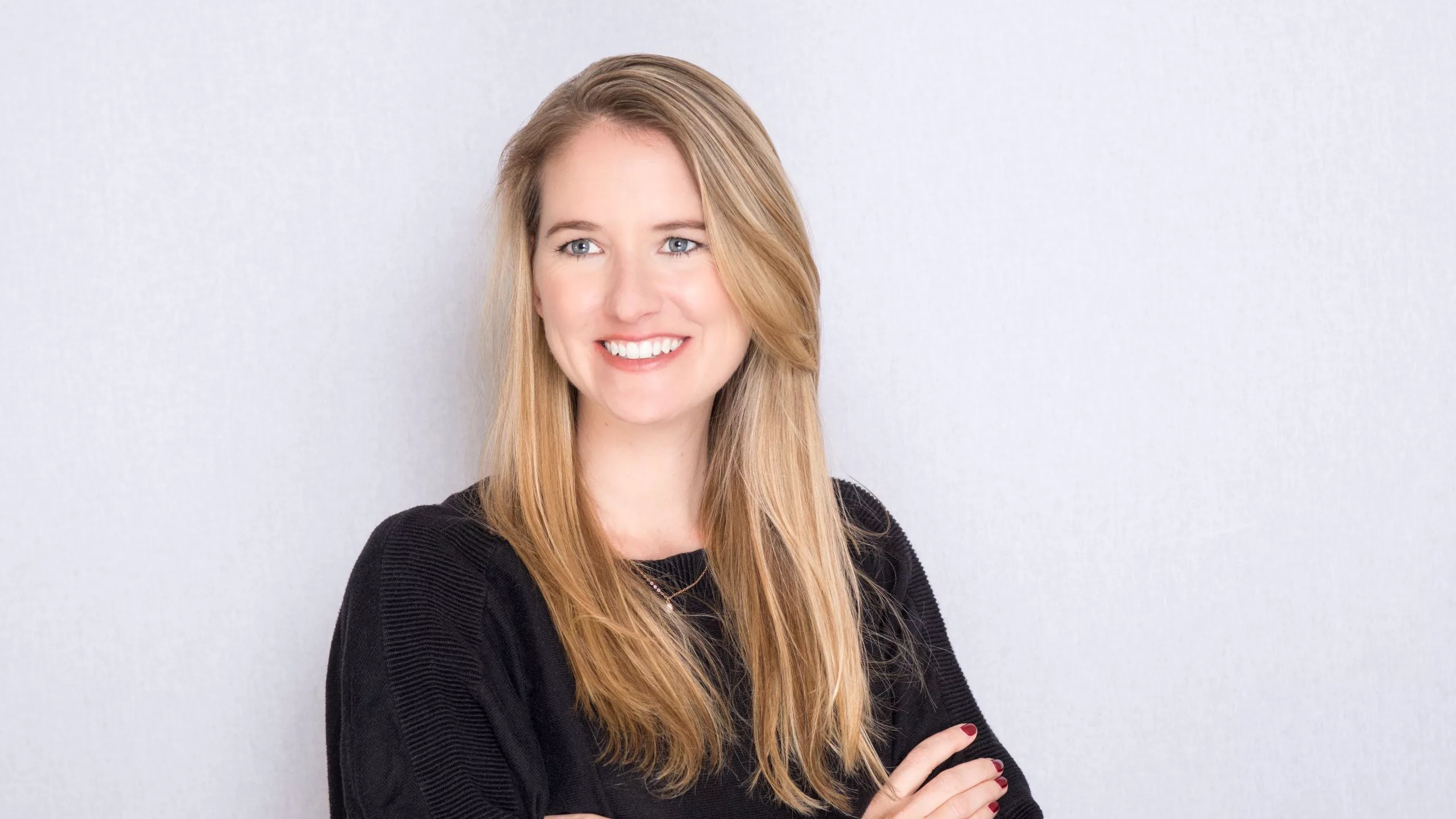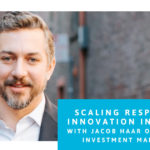
Place matters. Too often, opportunities for success are defined by factors that are not in our control: the neighborhoods where we grew up, where we went to school, or our parent’s income. Our work in philanthropy, in investing social capital, is to make opportunity accessible to everyone.
As we are doing this work together, we have to be mindful that when we are talking about innovation, when we’re talking about making the economy work for families and children, and when we are addressing the effects of inequity that place matters, but so does race.
Our state and region will soon be majority people of color. Yet when we look at the educational achievement gaps, health disparities, and other key indicators it is clear that the very people who will be the majority tomorrow are being left behind today. Equity is no longer just a moral imperative or argument. It is essential for the sustainability and prosperity of the region, our state, and our nation.
We know that the Bay Area is a microcosm of the issues that we’re seeing across the state and the nation. So when we innovate and create new models for economic growth here, we are making change that will become the models for our country.
One of my first projects working for the City of San Francisco involved doing a deep data dive and analysis around kids and poverty. We mapped out data points around children’s health and wellness, as well as child welfare, and the indicators all pointed to one glaring fact: the overwhelming majority of kids who were most the most vulnerable lived within walking distance of 7 corners in San Francisco. One is the corner of Jones and Eddy in the Tenderloin and the rest were in front of public housing.
Our mandate was clear, and from this projects like HOPE SF were born.
The Bay Area is home to constant innovation, and there is a lot going on to create a pipeline from cradle to career so that in 15-20 years your zip code will no longer determine your future and opportunities for success.
From jumpstarting the African American Male Achievement Initiative in Oakland which has become a model for the My Brother’s Keeper Initiative; to creating the first Transit Oriented Affordable Housing Fund in the country to ensure that there is flexible capital to support community-focused development; to leading system wide change with our public schools, working hand-in-hand with Superintendents and school districts in the Bay Area to implement comprehensive services at our schools, we’re tackling barriers at their root.
And we are not alone. Together, we are pooling resources and taking the best practices from across the country and bringing them to scale here in the Bay Area. In Hayward and San Francisco, we are working in tandem to support organizations and leaders of the Promise Neighborhood programs, based off the great work and lessons learned from Harlem’s Children Zone, providing children and families with cradle to career quality services to achieve economic opportunity.
This work takes patience. It takes fortitude but at the same time there is a tremendous sense of urgency because windows of opportunity open and close very quickly. Often by the time infrastructure is built, the opportunity has shifted.
Our work is to invest bold and invest together in groups that have authentic demand and measurable impact. In groups on the ground who are mining the best data, the best thinking, and the best practices and who are bringing people together to achieve new models for economic growth.



